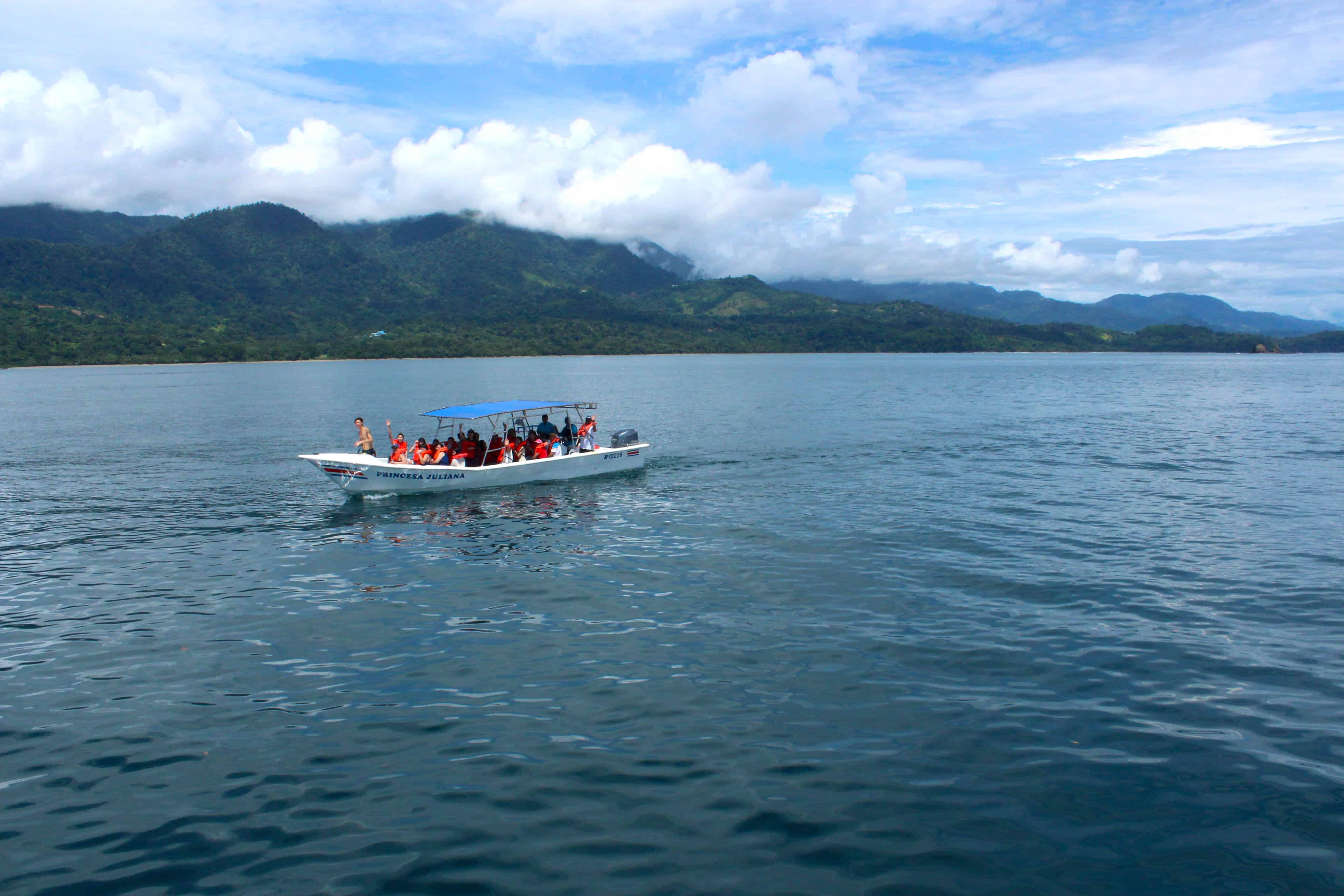The Costa Rican government on Wednesday updated the progress of the country’s decarbonization efforts.
The Presidency says 90.7% of the 2022 targets are underway, while 25% of the objectives set for the initial stage (2018-2022) have already been met. Notably, the Costa Rican Electricity Institute and the National Power and Light Company have reached a 100% renewable electric matrix, the government says.
Among the other highlights:
Zero-emission light transport: 35 government institutions acquired 332 electric vehicles. In addition, 62.3% of the target for installing charging centers for vehicles scheduled for 2022 was met, by implementing 43 of the 69 fast power centers planned.
Renewable electricity at a competitive cost: The Costa Rican Electricity Institute (ICE) and the National Power and Light Company (CNFL) met the goal of maintaining a 100% renewable electric matrix in 2020.
In addition, a report on the marine wind potential for electricity generation in Costa Rica was completed, as was the identification of the Punta Descartes Marine Wind Project.
Sustainable and low-emission buildings: The Ecological Blue Flag Program was created in the category of “Sustainable Construction.” In addition, 736 buildings and 29 municipalities were awarded in the climate change category of the Ecological Blue Flag Program.
170 companies with carbon neutrality declarations were verified under standards of the Country Carbon Neutrality Program and the INTE B-5 standard.
Comprehensive waste management: With respect to wastewater management, project advances of 14.2% is reported in Palmares, 14.25% in Jacó, 14.3% in Quepos, 14.83% in Golfito and 14.83% in Limón. In addition, the progress of the Environmental Improvement Project of the Metropolitan Area of San José is reported at 75.5%.
Nature-based solutions: The goal of restoring at least 3 km of Urban Corridors was exceeded, after achieving the restoration of 64 hectares in the María Aguilar Interurban Biological Corridor and three hectares in the Torres Interurban Biological Corridor.
The Ministry of Environment and Energy (MINAE) and the Costa Rican Institute of Aqueducts and Sewers (AyA) launched “Clean Rivers,” a strategy that will last until 2030. On the other hand, a regional strategy for the conservation of mangroves in the Gulf of Nicoya was officialized.






